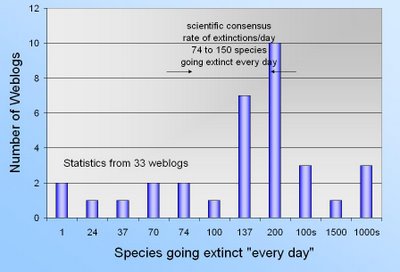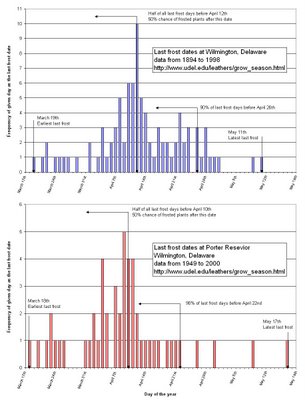 H.P. Lovecraft created an entire mythos based on the Elder Gods and dark secrets that "Man Was Not Meant To Know". The books were expanded on by others (August Derleth especially) and are collectively known as the "Cthulu Mythos" after one of the Elder Gods. Many stories also center around the Necronomicon, a book of magic which leads all of its readers or users to either go insane or meet very nasty ends. Through the years a number of authors have emulated Lovecraft's subjects if not necessarily his style.
H.P. Lovecraft created an entire mythos based on the Elder Gods and dark secrets that "Man Was Not Meant To Know". The books were expanded on by others (August Derleth especially) and are collectively known as the "Cthulu Mythos" after one of the Elder Gods. Many stories also center around the Necronomicon, a book of magic which leads all of its readers or users to either go insane or meet very nasty ends. Through the years a number of authors have emulated Lovecraft's subjects if not necessarily his style.The Midnighters Series by Scott Westerfeld is a delightfully Lovecraftian romp for a group of teenagers that just don't seem to fit in in their tiny town, this may be due to some special powers they have. Of course the town and the teens have a secret and the kids have to save the world from the horrors from the universe next door, but that's what makes it Lovecraftian.
Midnighters #1: The Secret Hour (Midnighters) by Scott Westerfeld
Midnighters #2: Touching Darkness (Midnighters) by Scott Westerfeld
Midnighters #3: Blue Noon (Midnighters) by Scott Westerfeld
The most fun outcome of these novels was a desire to learn some 13 letter words, read the novels to find out why. Two of my favorite are boustrophedon, and mathematician. Unfortunately, sesquipedalian is 14 letters long and not applicable in this context.
Charles Stross wrote an excellent short story called "A Colder War" with an alternate history cold war that is even scarier (as if it needed it) and colder by the addition of elements from the Lovecraft mythos. I probably read that story several times a year, it is that good. He also wrote a novel, The Atrocity Archives, with elements of Lovecraft and a spy thriller together. I can't wait for the sequel, The Jennifer Morgue.
 I recently stumbled across a great parody of those fundamentalist Christian evangelical tracts that you see left behind in supermarkets sometimes. You know the ones with the comics that say you are going to hell. Howard Hallis drew a terrific parody using the Cthulu mythos as the bad guys instead of the devil (or pushy fundamentalist Christians). Please click on the link and enjoy.
I recently stumbled across a great parody of those fundamentalist Christian evangelical tracts that you see left behind in supermarkets sometimes. You know the ones with the comics that say you are going to hell. Howard Hallis drew a terrific parody using the Cthulu mythos as the bad guys instead of the devil (or pushy fundamentalist Christians). Please click on the link and enjoy.tags: Lovecraft, Cthulu, Science Fiction























